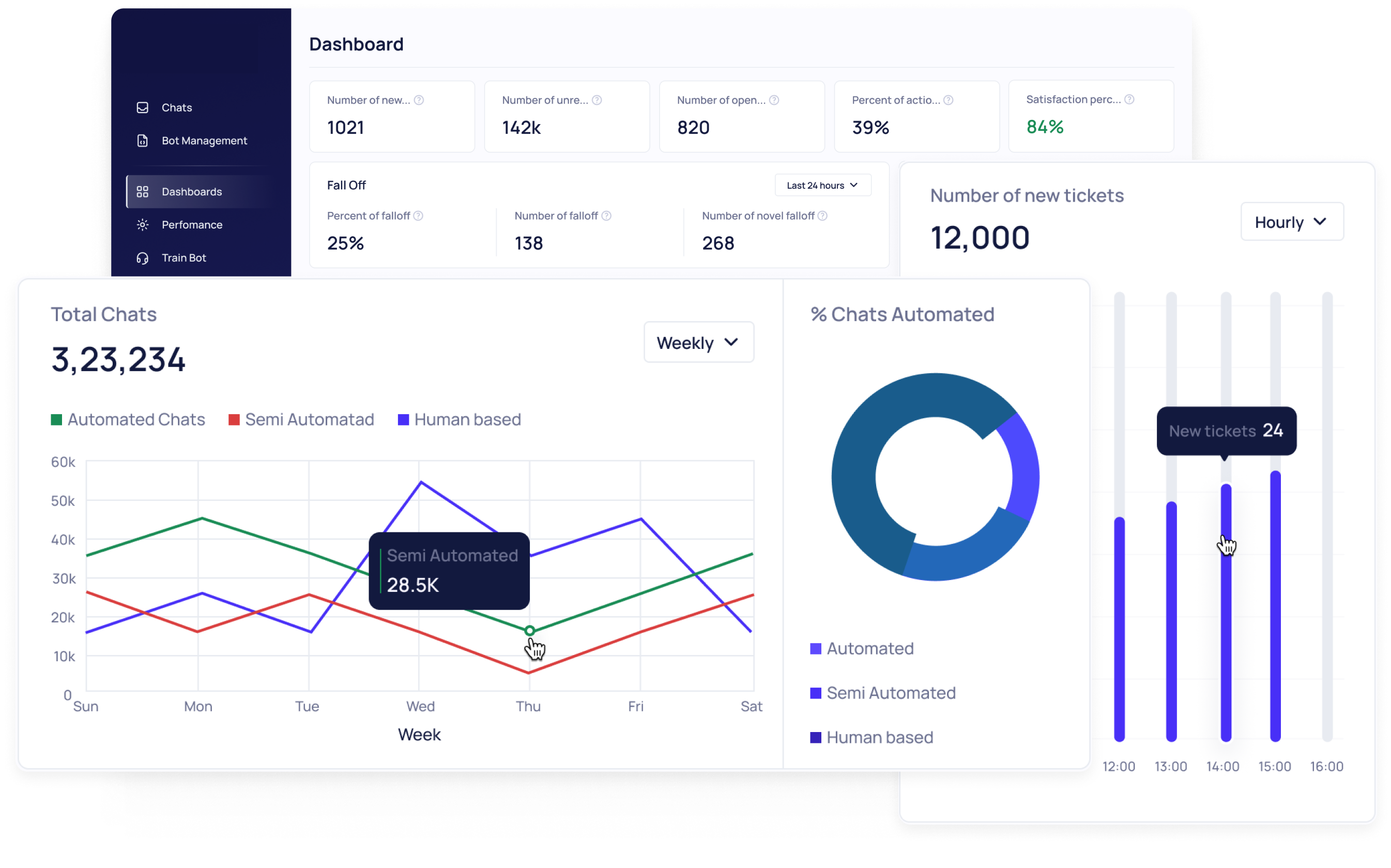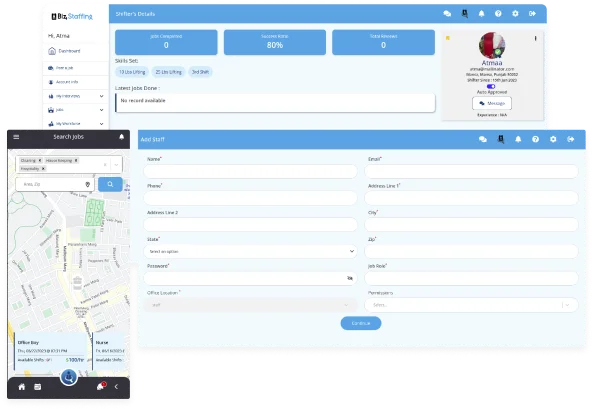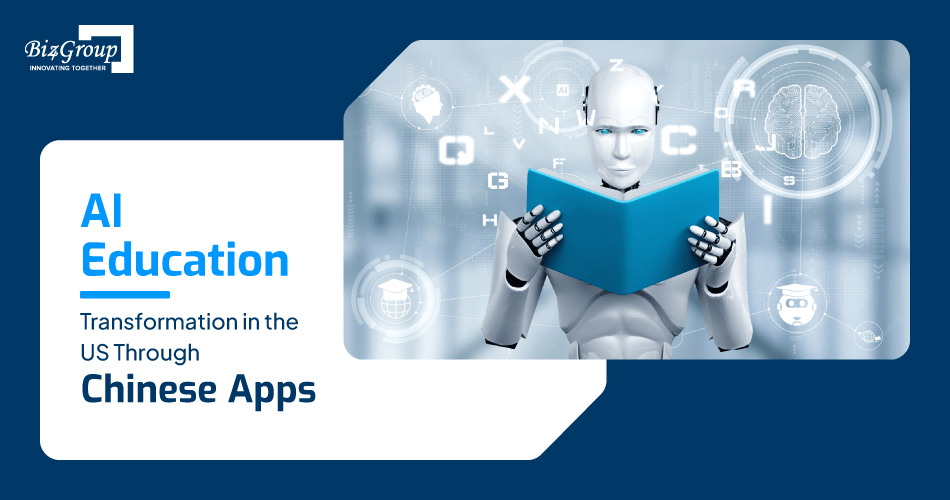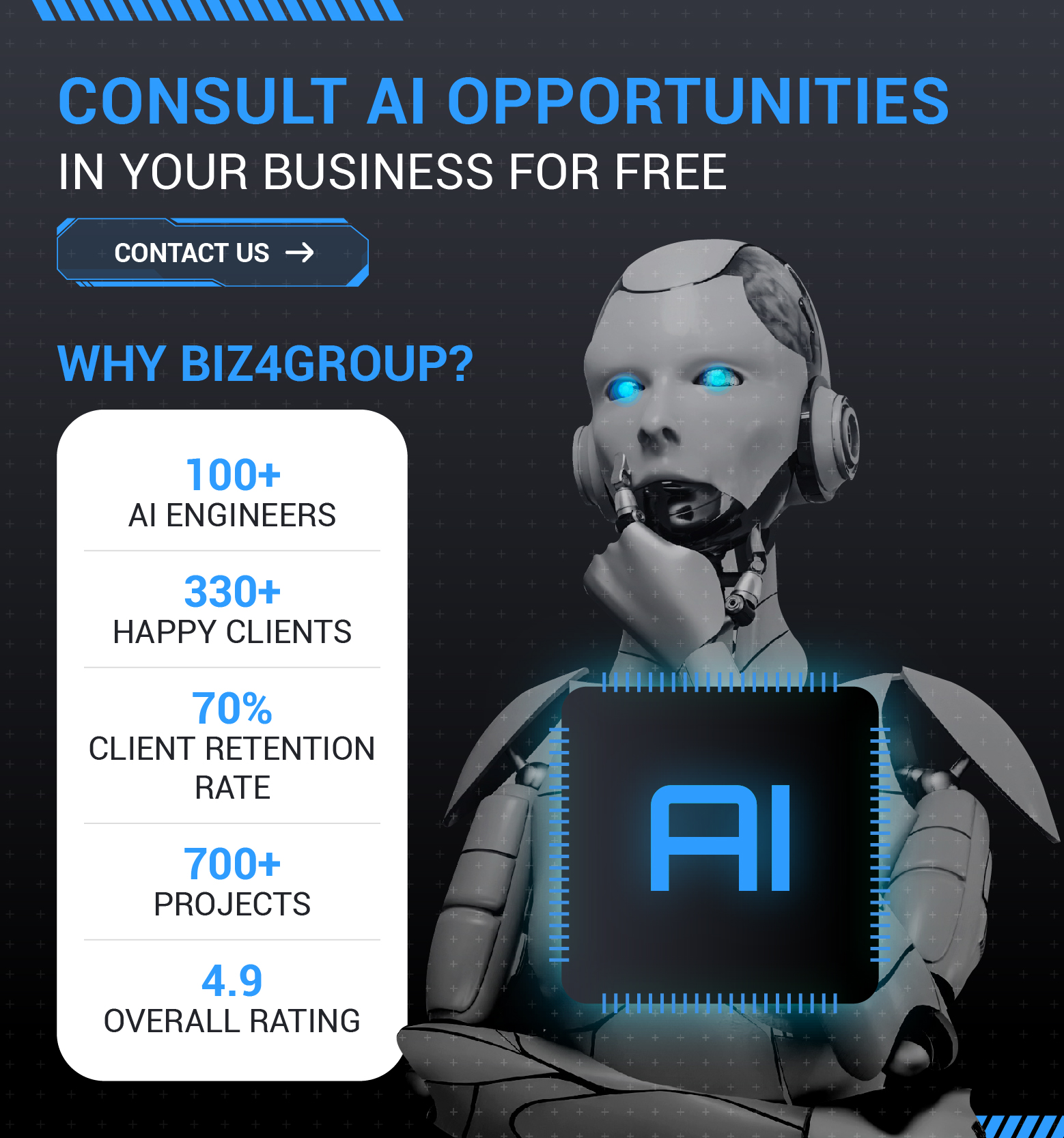AI Education Transformation in the US Through Chinese Apps
The education system in the United States is gradually changing significantly, or rather, it is already shifting, due to the integration of artificial intelligence technologies. Among such forces, several education applications, developed by Chinese scholars, assume the role of the key players which change the ways of approaching, managing and delivering learning at different levels of the American education system. This paper examines the incorporation of these AI tools and AI development services in the U. S classrooms and analyzes the outcomes, the controversies, and the prospects of the improved future.
The AI in Education: Leading the Change
Emerging in the sector of AI in education an idea of platforms like Question. AI and Gauth, with Organizations that are innovating new means for interacting with and teaching students. These applications operate on artificial intelligence mainly using machine learning algorithms and provide the student with a highly personalized learning environment able to adapt to each learner's needs in real time. Elements like adaptive learning paths, personalized tutoring sessions and immediate feedback are no more bonuses but are increasingly becoming basic to any technological solutions to learning.
The level of detail that these apps can define student’s data and modify educational material is unrivaled. For example, they can identify student mistakes and suggest problems to enhance a particular trend, so they are excellent for schematized testing and foreign language acquisition. Implementation of this capability can increase the level of student engagement measurement to incorporate the variations that might exist in learning abilities, this could help bring equality to students who may require special attention due to their disability when learning.
Economic and Cultural Factors on Education System of USA
The use of Chinese AI education tools in American schools is a clear culture and financial change. Economically, there has been concerns about foreign made AI solutions fetching business from US educational institutions and the implication on home grown educational technology firms. Such firms realize they must compete in the global market mirrors inventive and affordable products from around the world.
From a cultural perspective, the incorporation of such tools in teachers’ professional practice identifies various educational practices by means of promoting the implementation of different forms of teaching in the context of classrooms in the United States of America, based on different educational philosophies and theories. This exposure can enhance the learning process but at the same time, the issue of cultural imperialism and the interference of outside entities in the American education system is raised.
Privacy, Security, and Ethical Issues
Arguably the most popular and debated topics regarding the application of Chinese AI apps in the U. S education system is data privacy and security. Fears originate from variations in the set norms and legislation regarding data protection in China and that of the United States of America. The opponents opine that having relied on foreign technology for learning, students’ fed could be vulnerable to certain risks which have not been effectively addressed in the law.
However, the following ethical issues arise about the use of AI in education. This is due to issues that revolve around algorithms where raw prejudice may recommend a reinforcement or further deepen existing inequalities in learning. There is an ongoing question about the level of technological autonomy in the design of educational content and activities, while AI also has significant inferences of educational options and people’s choices of career.
The Path Forward
Challenges associated with use of AI in education as a result of the current disruptive technologies needs to achieve a balance for implementation while at the same time dealing with real concerns. This will most likely entail measures to improve the legal environment that safeguards students’ information without inhibiting innovation in technology. It will also mean constant investigation of the effects of AI on education, thus making sure that in their application, the tools will lead to improvement of the learning process, academic achievement, and no decrease in equity or quality of education.
They will have to learn to work hand in hand with the use of AI in education involve educators, policymakers, and developers of the technology. Ensuring that these technologies assist in empowering those who engage in use or access it shall remain crucial.
Conclusion
The effect of Chinese applications of AI in the United States education system is enough proof that innovation in education is a global venture. Nevertheless, these tools present many advantages related to the utilization of technologies for students and teachers and at the same time, they are presented with the need to address several important aspects including the role of equity in education, learner’s privacy, and security issues about the country. Now, as educators and policy makers are at this apocalyptic and interventionist position, it can be said without a doubt that the choices being made represent determined templates for construct education for future societies .
 info@biz4group.com
info@biz4group.com 





















































